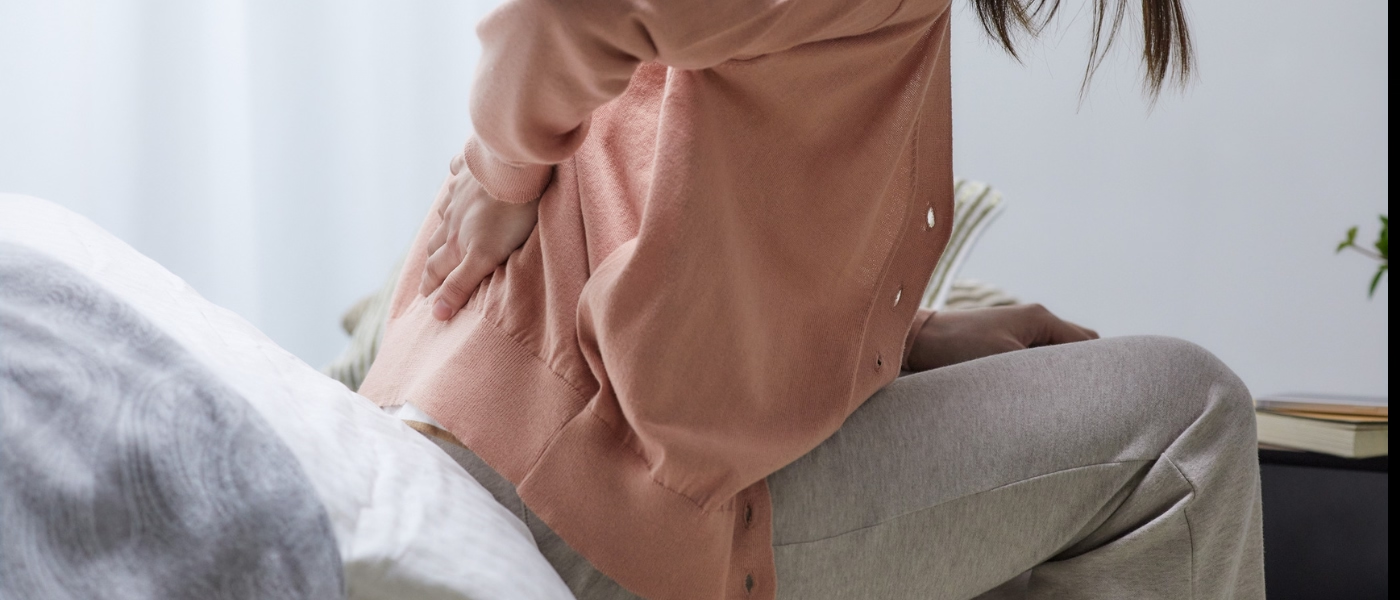
Conditions affecting the lower spine region.
Lumbar Degenerative Disc Disease (LDDD) refers to the gradual breakdown of one or more intervertebral discs in the lower back. These discs act as cushions between the vertebrae, allowing flexibility and absorbing the forces placed on the spine.
As the discs lose water content and elasticity, they become less effective at cushioning the vertebrae, which can lead to pain, stiffness, or nerve irritation. While this process is part of normal aging, symptoms occur when degeneration affects spinal stability or irritates surrounding nerves.
Pain often appears in the lower back and buttocks, worsens with bending or sitting, and may improve with gentle movement or rest. Importantly, not all cases of disc degeneration cause pain—many people show disc changes on imaging without symptoms.
Disc degeneration occurs through a combination of mechanical, biological, and lifestyle factors. Over time, discs naturally lose hydration and elasticity, which decreases their ability to distribute pressure evenly. This process may lead to tears in the disc’s outer wall, joint irritation, and eventually stiffness and instability.
Common contributing factors include:
Physiotherapy is the first-line approach for managing LDDD and can effectively reduce pain, improve mobility, and prevent progression.
Your physiotherapist will work with you to:
Exercise and education are key. Studies show that individualized, supervised exercise programs—focusing on stretching, strengthening, and endurance—provide significant improvements in pain and function.
Most patients with lumbar degenerative disc symptoms respond well to conservative treatment.
Your treatment plan will be tailored to your symptoms, goals, and level of degeneration. Physiotherapy typically includes:
While disc degeneration itself cannot be reversed, you can slow its progression and prevent flare-ups with simple lifestyle changes:
Recover faster, move better, and feel stronger with expert physiotherapy. Our team is here to guide you every step of the way.

At our clinic, we take a personalized and evidence-based approach to managing Lumbar Degenerative Disc Disease.
Your care begins with a thorough assessment of your posture, movement, and muscle balance. From there, we design a progressive rehabilitation plan focused on:
Our goal is to help you move confidently, reduce pain, and prevent recurrence, so you can return to an active lifestyle.
Is disc degeneration inevitable with age?
Some degree of degeneration is part of normal aging, but not everyone develops pain. Staying active and maintaining core strength can greatly reduce symptoms and slow progression.
Does imaging always explain my back pain?
No. Many people have disc changes on MRI or X-ray without pain. Physiotherapy focuses on function and movement, not just imaging results.
What’s the best first step in treatment?
Start with a physiotherapy assessment. Most cases respond well to conservative care, which includes exercise, education, and posture correction before considering surgery.
When should surgery be considered?
Surgery is typically reserved for cases where symptoms persist beyond several months or when nerve compression causes severe or progressive leg symptoms.
What lifestyle changes can help prevent recurrence?
Quit smoking, maintain a healthy weight, strengthen your core, and avoid prolonged sitting or poor lifting mechanics.
Don’t let elbow pain limit your swing, work, or daily tasks. Our experienced team at Vaughan Physiotherapy Clinic has helped hundreds conquer lateral epicondylitis.
Book Your Specialized Assessment Today:
Serving Thornhill, Langstaff, Willowdale, North York, Markham, Richmond Hill, and surrounding communities. Evening/weekend appointments available.
Written by Ellen Davies
Explore the latest articles written by our clinicians